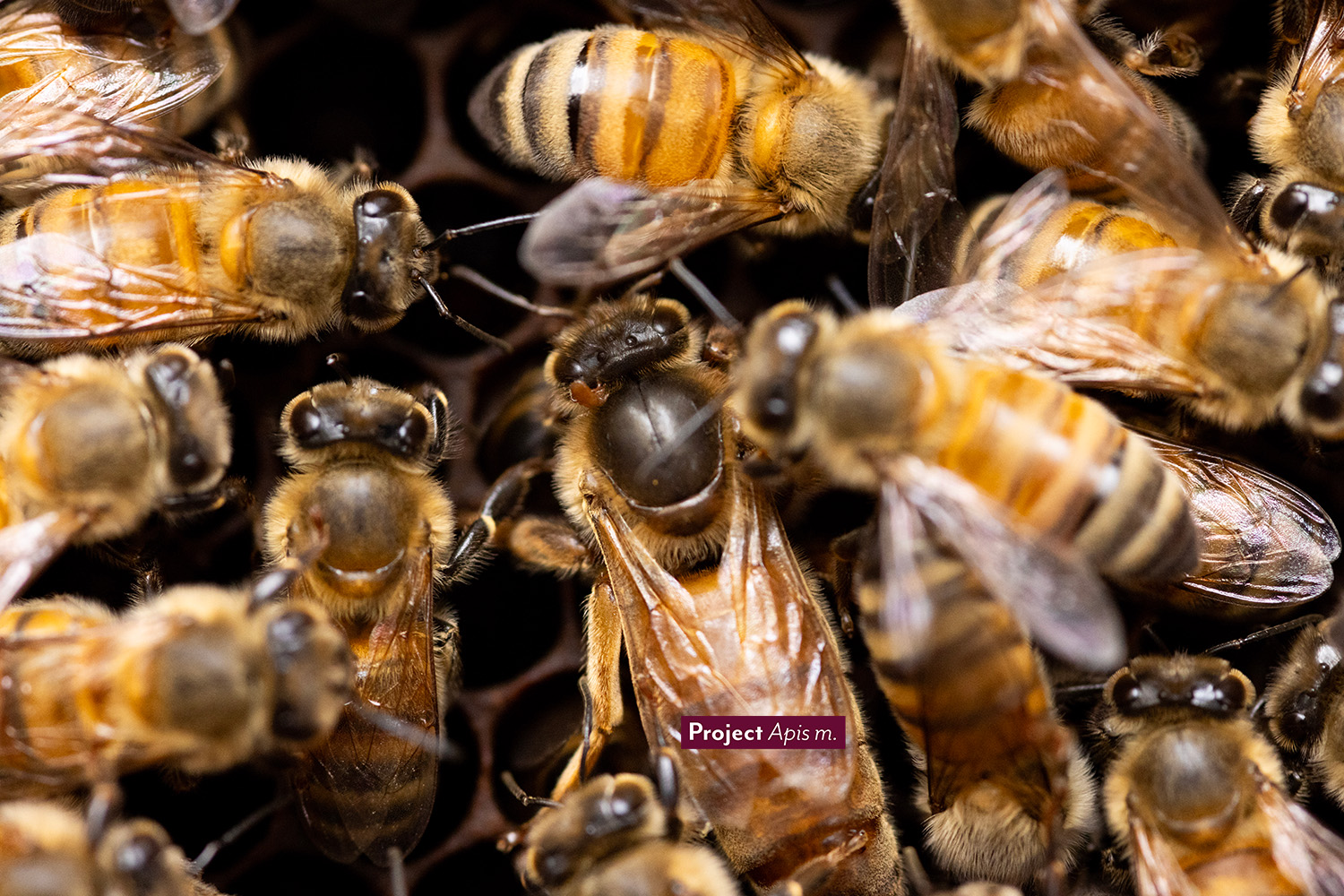
Resources
Tropilaelaps Mites
These resources can help you learn about and identify Tropilaelaps. While it is not in North America yet, beekeepers can work together to safeguard our pollinators from this emerging threat.
Tropilaelaps mites are found primarily in Asia, where their original hosts, giant honey bees, exist. Two species of tropilaelaps are known to infest colonies of the Western honey bee (Apis mellifera). While Tropilaelaps is thought to cause little harm to giant honey bees, they are a major pest of Western honey bees managed by beekeepers in Asia.
Tropilaelaps have not yet been detected in North America, but their arrival would likely be devasting to North American beekeepers. The Honey Bee Health Coalition has partnered with Project Apis M., the Pollinator Partnership, Auburn University, the Apiary Inspectors of America and the USDA to develop two documents that can provide you with more information. Please click the buttons below to download these two important documents:

Documentary Series
This documentary series developed by Project Apis M. takes us to Thailand to explore the potential impacts of Tropilaelaps mites on North American beekeeping, the challenges facing Western honey bees, and the critical research being conducted to manage and reduce the threat.